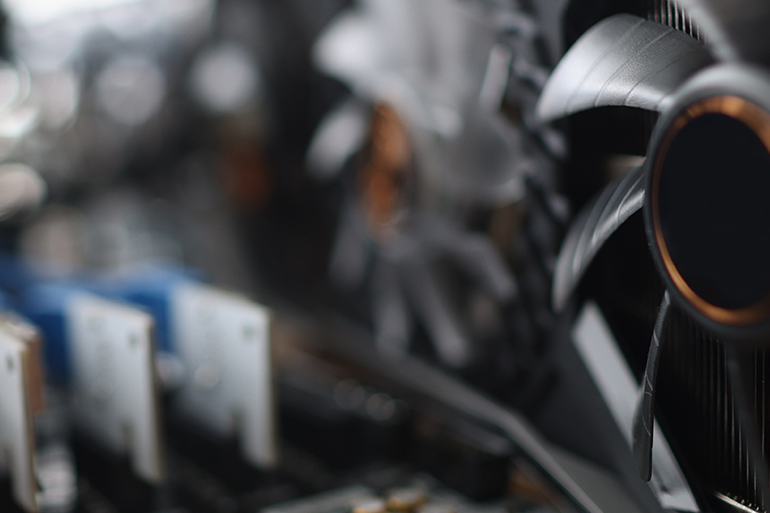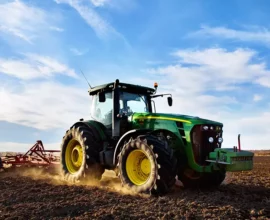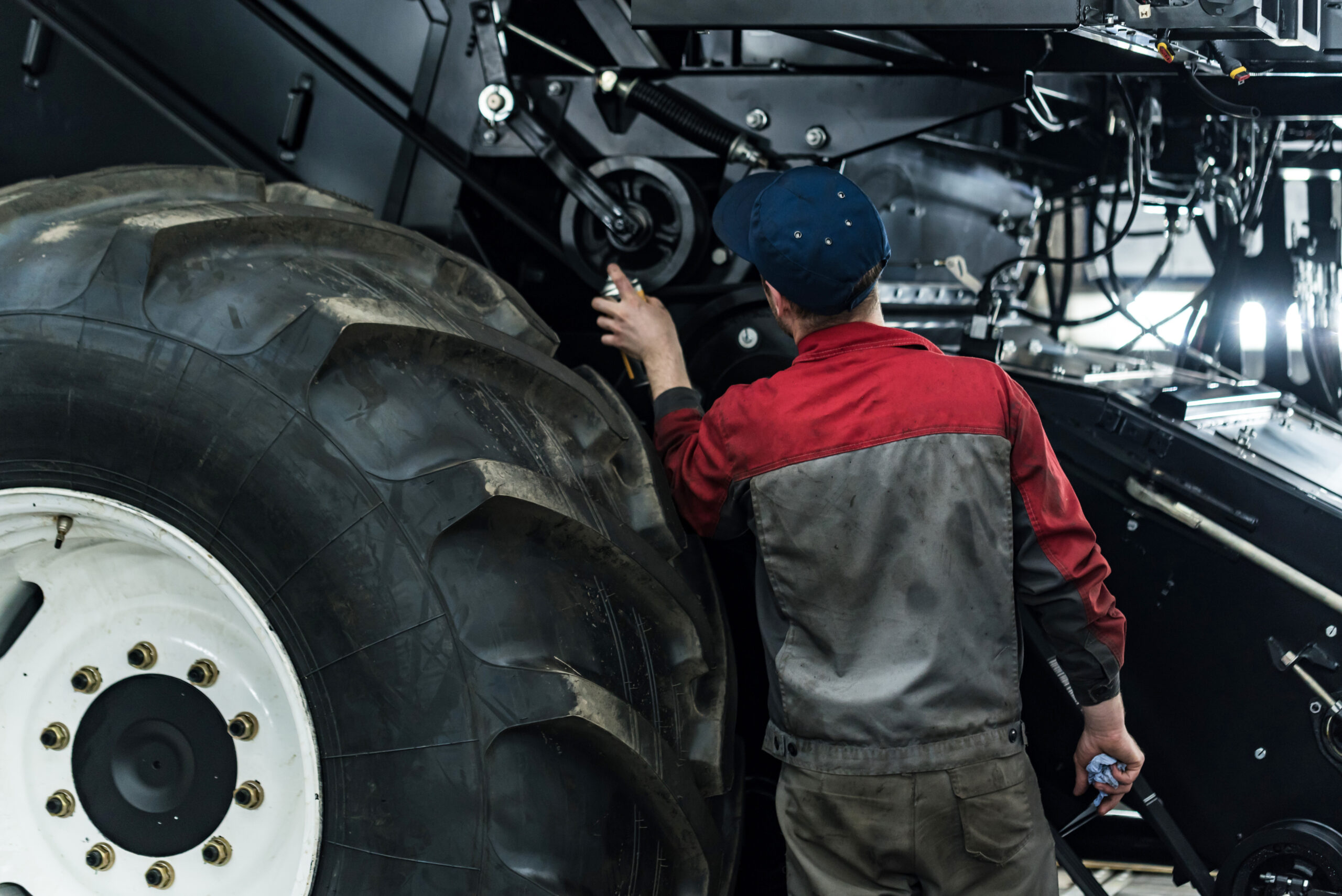Consistent with a long-term commitment to support end users in repairing their equipment, industry leaders say they’re on track to provide access to product information and the necessary tools for end users to diagnose and repair their machinery starting in 2021.
This access includes:
- Manuals (Operator, Parts, Service)
- Product Guides
- Product Service Demonstrations, Training, Seminars, or Clinics
- On-Board Diagnostics via diagnostics port or wireless interface
- Fleet Management Information
- Electronic Field Diagnostic Service Tools, and training on how to use them
- Other publications with information on service, parts, operation, and safety
To learn more about these resources or to purchase or lease these tools with fair and reasonable terms, end users should contact an authorized dealer.
- To the extent not already available, members of the Association of Equipment Manufacturers and Equipment Dealers Association two years ago developed a Statement of Principles pledging to make available to end users the diagnostic and repair information listed above, beginning with tractors and combines put into service on or after January 1, 2021.
- Equipment manufacturers and dealers have a shared incentive with their customers to minimize downtime and maximize productivity. The industry has invested in cutting-edged innovations that incorporate the latest technology with training and support for the skilled technicians who service equipment.
- This benchmark by AEM, EDA and their members strikes a balance between giving farmers and ranchers the tools they need to be successful and preserving the integrity of the machinery dealers sell and service. Industry leaders have taken this pledge seriously and worked diligently to develop tools that empower end users to make decisions about maintaining and repairing their own equipment while acknowledging the critical role of safety and emissions controls, and innovation.
- These solutions negate any need for end-user modifications to source code, which can override emissions and safety controls and create unknown liability issues for individuals who alter machinery code, for dealers who subsequently trade in modified equipment, and for resale owners who could unknowingly purchase modified equipment.
- Why does this matter? Because in addition to safety risks, the EPA increased its focus on illegal tampering and aftermarket defeat devices that violate the Clean Air Act (CAA). It implemented the National Compliance Initiative (NCI) in 2020, highlighting efforts to bring civil enforcement cases for tampering and defeat devices. Since 2017 nearly 50 of these cases addressed alleged violations by manufacturers, retailers and installers of aftermarket defeat devices. The EPA is also pursuing criminal enforcement of alleged crimes associated with illegal tampering and aftermarket defeat devices. The agency strengthened its position with an EPA Tampering Policy to enforce violations of the CAA from illegal tampering of vehicles and engines and aftermarket defeat devices.
- EPA Enforcement Policy Statement on Tampering and Aftermarket Defeat Devices: The EPA typically does not take enforcement action for conduct that might be a violation of section 203(a)(3) of the Clean Air Act if the person engaging in the conduct has a documented “reasonable basis” to conclude that the conduct (or, where the conduct in question is the manufacturing or sale of a part or component, the installation and use of that part or component) does not and will not adversely affect emissions. This Policy Statement does not apply, however, to conduct affecting an OBD system, which may be subject to enforcement regardless of effect on emissions.
Illegal tampering is a critical issue with potentially serious ramifications for dealers and end users in the debate over proposed “right-to-repair” bills introduced in more than two dozen states over the past few years. To date not one has passed. When lawmakers fully understand the impacts of these bills related to onboard diagnostics, emissions, performance and safety, they’ve responded by not enacting them. In fulfilling our commitment we’re addressing the core concerns of these legislative proposals. As industry leaders, we’ve taken a proactive approach to the needs of all end users, as well as trying to avoid bad legislation that would create significantly more problems than any positive influence it could have.
For more information and resources visit our Right To-Repair Resources page.
To learn more about illegal tampering, visit illegaltampering.com










